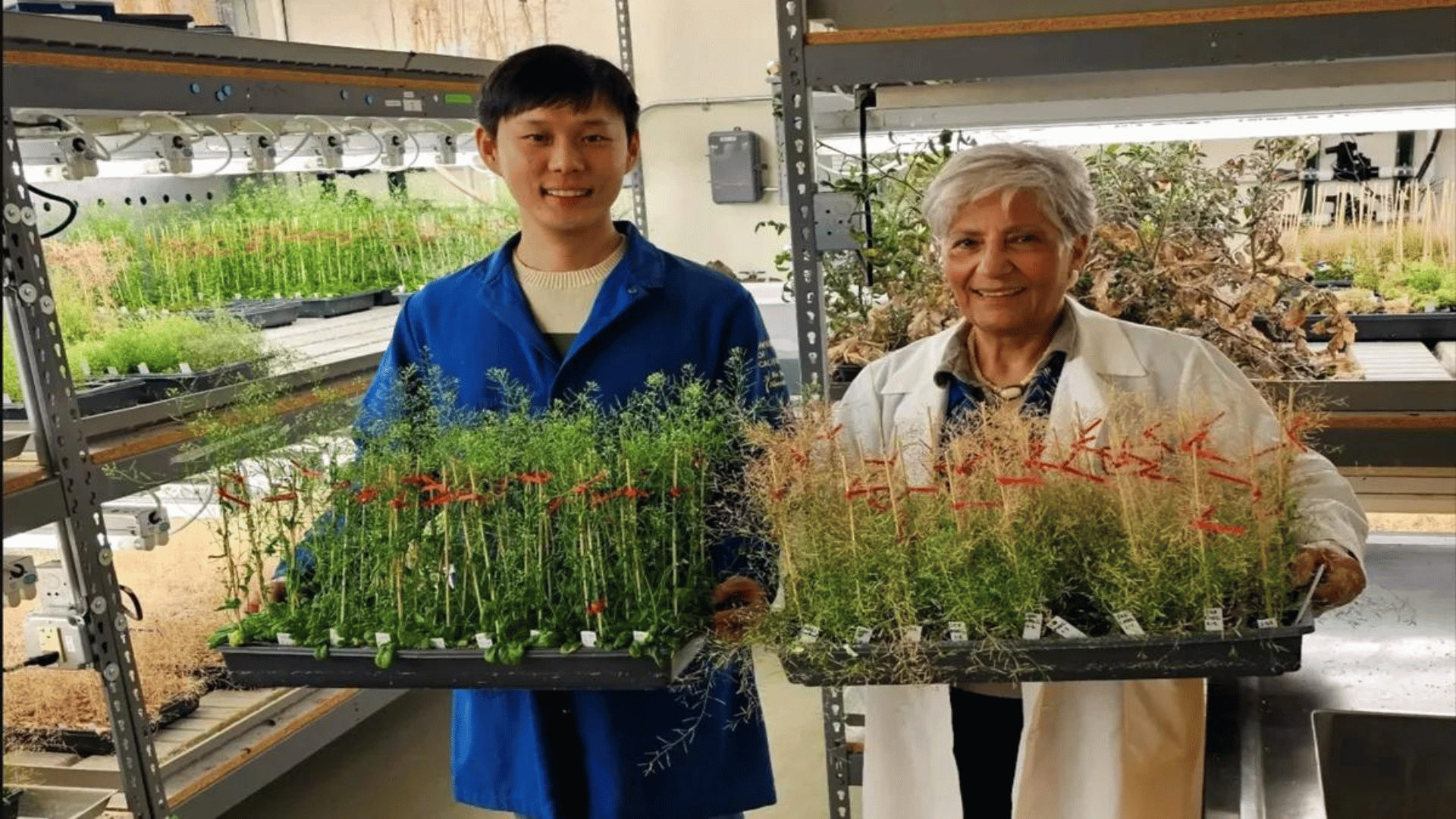Scientists are getting closer to their goal of hacking the anti-aging process with the discovery of an organelle in plant cells.
A UCR research team recently decided to study these plant cells to determine which parts of the plant cells are responsible for controlling the responses to stress. They learned about the organelle and an understudied protein responsible for maintaining the organelle by controlling whether plants survive being left in the dark too often.

“For us, this finding is a big deal. For the first time, we have defined the profound importance of an organelle in the cell that was not previously implicated in the process of aging,” said Katie Dehesh, distinguished professor of molecular biochemistry at UCR, and co-author of the study.
This organelle, the Golgi body, is responsible for sorting the molecules in the cell to ensure they get to the right places. The protein called COG functions by coordinating the movement of small sac “envelopes” that transport other molecules around the cell.
The COG protein and the Golgi bodies work collaboratively, as this protein helps the Golgi bodies to attach sugars to other proteins or lipids before they are sent to the needed places in the plant.
Explore Tomorrow's World from your inbox
Get the latest science, technology, and sustainability content delivered to your inbox.
I understand that by providing my email address, I agree to receive emails from Tomorrow's World Today. I understand that I may opt out of receiving such communications at any time.
“Golgi are like the post office of the cell. They package and send out proteins and lipids to where they’re needed. A damaged Golgi can create confusion and trouble in the cell’s activities, affecting how the cell works and stays healthy.” stated Heeseung Choi, a researcher in UCR’s Botany and Plant Sciences Department and first author of the new study.
After discovering how important the COG protein is to plant health, the research team decided to further investigate how this protein impacted the growth of the plants. Using two groups of plants, they modified one group so that they couldn’t produce these proteins.
“In the dark, the COG mutants showed signs of aging that typically appear in wild, unmodified plants around day nine. But in the mutants, these signs manifested in just three days.” Choi noted.
This is because depriving plants of light restricts their access to sunlight to make sugar to aid their growth. After reversing the mutation and reversing the protein into the plant, the plants that were previously almost dying were immediately revived.
This study presents some potential for future discoveries as the Golgi bodies also exist in humans and all eukaryotic organisms. Since this research provides insight into how plants age, it may allow us to discover clues regarding the human aging process.







